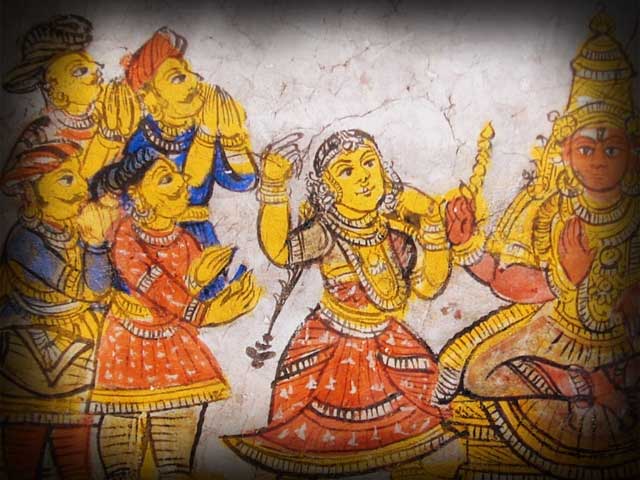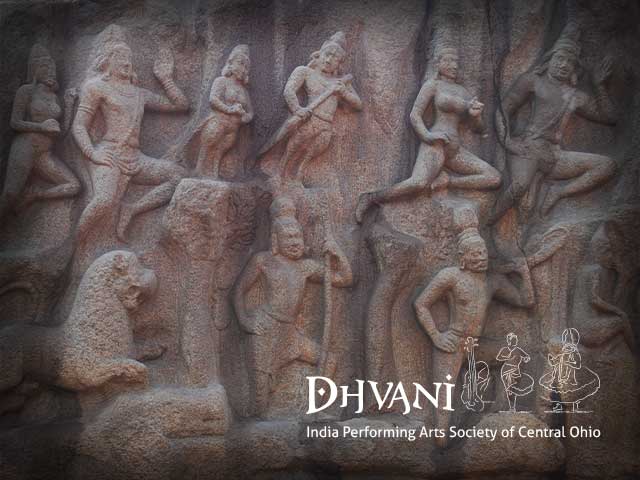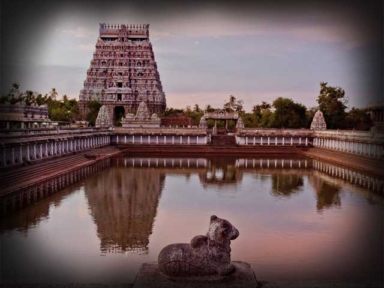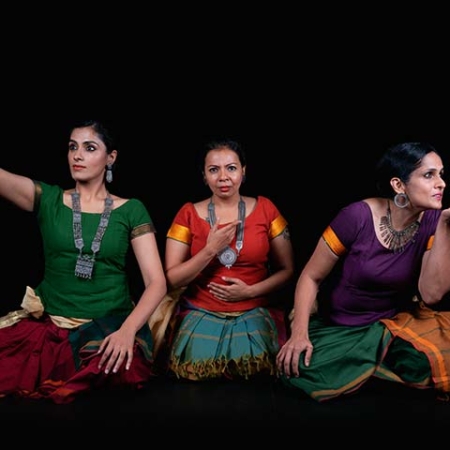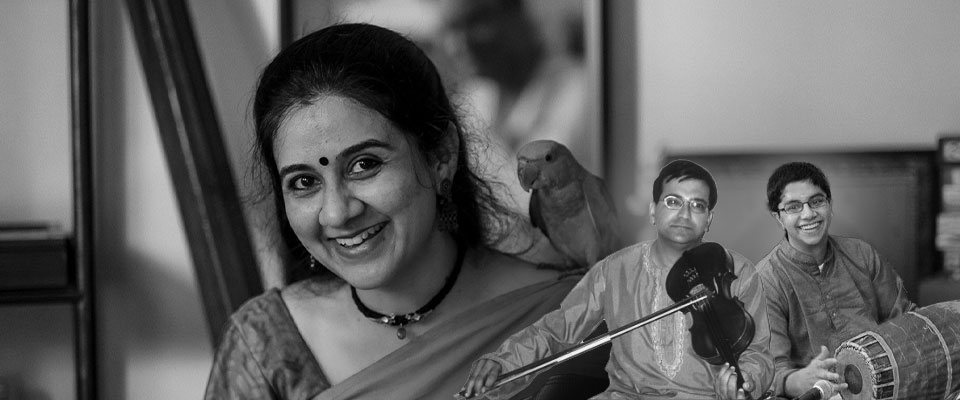BHARATHI RAMASUBBAN
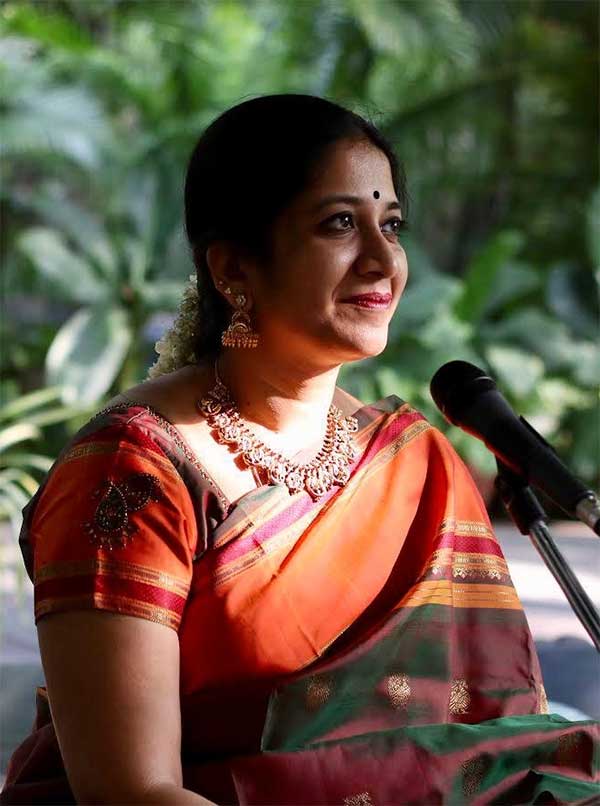
Bharathi Ramasubban is a nextgen musician. Bharathi’s music has been honed by the veteran musician Padma Bhushan awardee, Vidvan Sri P S Narayanaswamy. Her music resonates with the grandeur of the Semmangudi bani and is rooted in tradition. Bharathi also has the good fortune to learn from Vidvan Sri R K Shriramkumar. Her focus on highlighting the sahitya (lyric) through the sangita (music) reaffirms her conviction that they are not mutually exclusive. Endowed with a blend of a mellifluous voice, a sharp intellect, and focus on aesthetics, her performances are marked by erudition and emotion.
Bharathi is an A-grade artiste of the All India Radio (AIR), Chennai. She has performed at several venues all over India and abroad. She is the recipient of a number fo awards including the Kalki Krishnamurthy Memorial Award for 2017,
Outstanding Vocalist Award from the Music Academy Madras for her performance during the December Music Season 2016.
Isai Arasi (2012) & MS Subbulakshmi Centenary Award (2015) from Trinity Arts Festival
Sri Yagnaraman Endowment Prize for the Best rendition of Muthuswami Dikshitar Kritis (2012)
Best Female Vocalist Award at the Music Academy, Madras’s Spirit of Youth festival (2007)
Central Government Scholarship from CCRT, New Delhi for Classical vocal music (1996-2004).
Bharathi was an active member of the Youth Association for Classical Music (YACM), an organisation started by like-minded young musicians to promote Carnatic classical music amongst the youth and to inspire and educate the audiences about the art form. She was the editor of Dhwani, the newsletter of the YACM. Bharathi is also passionate about Samskrta literature, heritage, temple history and travel. She has authored articles on Samskrta drama, its origins and ancient dramatists for Sruti, one of India’s premier magazines for the performing arts. Bharathi is a gold medallist in her Bachelors in Chemistry from Stella Maris College, Chennai. She holds a Masters degree in Biotechnological Law & Ethics from the School of Law, University of Sheffield, Sheffield, UK.
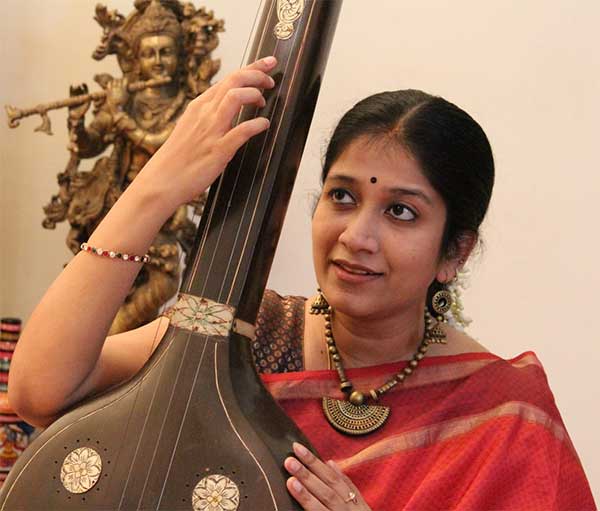
VITTAL RANGAN
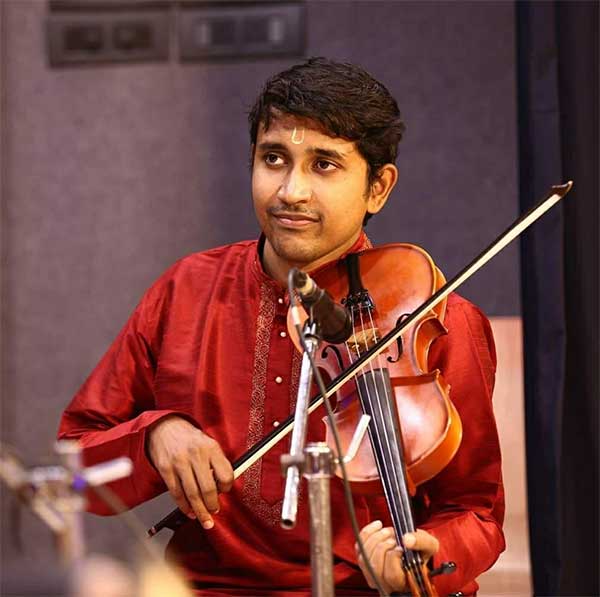
Vittal Rangan is a Chartered Accountant by profession. He initially began learning violin at age eight from Late Sri. RR Keshavamurthy, and later from Sangeetha Kalanidhi Kanyakumari. An ‘A’ graded violinist and recipient of many awards including the Shanmukhananda Fellowship Award and the CCRT Scholarship. He performs with his guru all over India. Has also accompanied great stalwarts and senior musicians such as Padmabhushan Sri RK Srikantan, Padmabhushan Sri TV Shankaranarayanan, Sri. OS Thyagarajan, Sangeetha Kala Acharya Smt Neela Ramgopal, Sangeetha Kalanidhi Smt. Aruna Sairam, and Sangeetha Kalanidhi Smt. Sudha Raghunathan.
NC BHARADWAJ
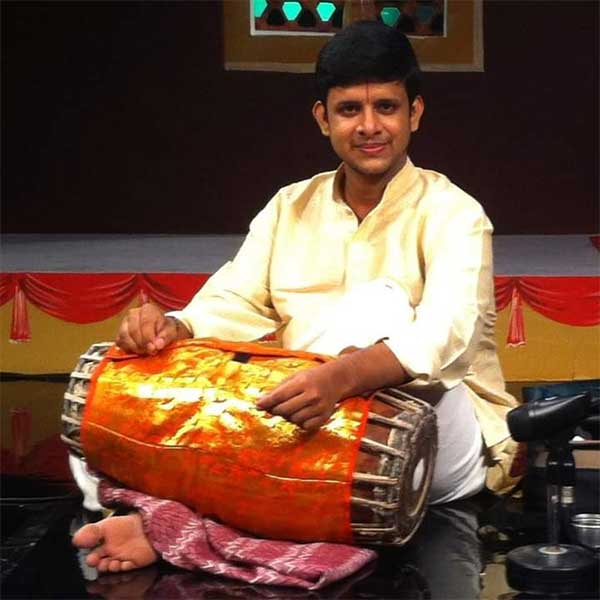
Parents do not normally take three-year-old children to music concerts, but Bharadwaj was an exception. He not only listened keenly to the concert but kept talam even if the kutcheri lasted a full three hours. And during the tani avartanam, he would try to match the strokes by drumming on his tiny knees, without fidgeting or running around the auditorium as kids of his age would do. Back home after the concert, he would pick up the nearest pot available to continue his brand of tani avartanam to his heart’s content. His parents were not trained in music but were keen listeners and on seeing their child’s propensity towards percussion, they enrolled him under mridangam vidwan Srivanchiyam Gopalan at the age of six. After the death of his guru in 2000, Bharadwaj, whose family had by now moved to Nanganallur, was placed under the tutelage of Nanganallur Sriram, a senior disciple of vidwan Karaikudi Mani.
Today at 20, Bharadwaj has decided to take up mridangam-playing as his profession – a timely and appropriate decision, going by the demands from sabhas and vidwans in Chennai and elsewhere for his participation in their concerts. He has a busy concert schedule which has already taken him to various cities in India, as well as Malaysia and Singapore and many other countries. For his mridangam accompaniment, he has received awards from organizations like the Music Academy, Narada Gana Sabha, Bharat Kalachar (Yuva Kala Bharathi), and Sri Thyaga Brahma Gana Sabha. His playing is characterized by precision of strokes giving rise to clarity, the balance between the ‘valantalai’ and ‘toppi’ and melody (sunadam).
ANIRUDH ATHREYA
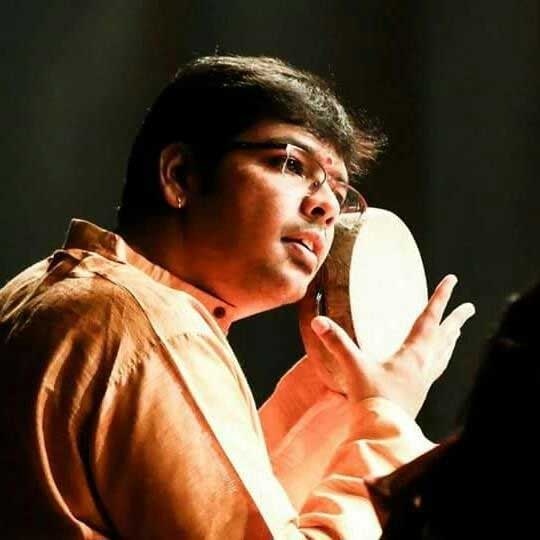
V Anirudh Athreya is the great-grandson of legends Sri Papa KS Venkatramiah and Alathur Sri Subbier. His grandfather Vidwan Sri V Thyagarajan was also a renowned violinist. Seeing Anirudh’s keen interest in rhythm and percussion as a child, his grand-uncle, Kanjira Maestro Sri V Nagarajan, volunteered to teach him to play the Kanjira. His skills were further shaped by mridangam vidvan, Sangita Kalanidhi TK Murthy. Anirudh has performed extensively in India and across the world and has the unique distinction of being the youngest Kanjira artiste to have accompanied all senior artists in the field of Carnatic Music. He has received numerous awards and he’s one of the youngest Carnatic musicians to have been awarded the Ustad Bismillah Khan Yuva Puraskar by the Sangeet Natak Akademi.
TANJAVUR QUARTET
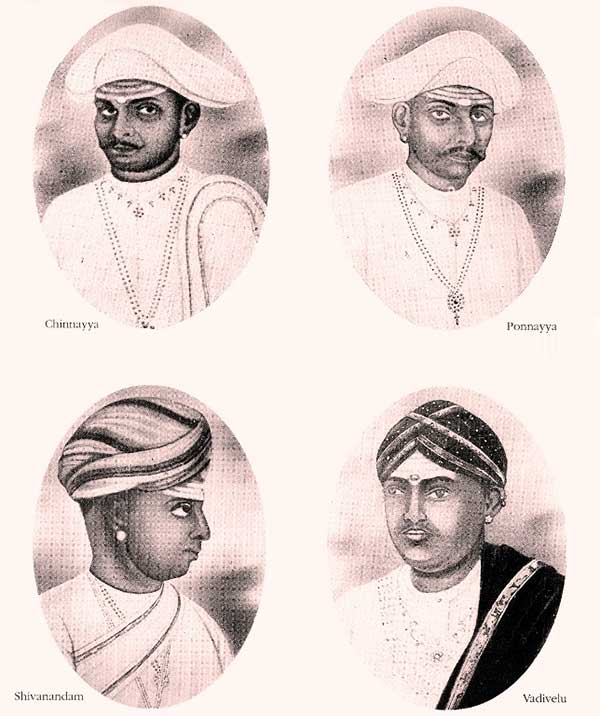
V.PARVATHY, CC BY-SA 4.0, via Wikimedia Commons
“There’s the erstwhile home of the Tanjore Quartet. It still houses the ivory violin presented by Maharaja Swati Tirunal to Vadivelu!” I had the house pointed out to me on my way to the Bangaru Kamakshi temple in Tanjavur. All I could see the past the bustle of West Main Road, was a bluish green wall and a tiled roof. The Tanjore Quartet (or Tanjai Naalvar), brothers Ponnayya, Chinnayya, Vadivelu and Sivanandam, illustrious shishyas of a great Guru, Sri Muttuswami Dikshitar.
I tried to imagine how it must have been in its heyday, in the early part of the 19th century. Filled with the strains of tambura and violin, sollukattus and tinkling anklets! Did the brothers just stroll along the western wall of the Peruvudaiyar Kovil to see Brihadishvara and Brihannayaki, who have inspired most of their compositions? Was it in this house that their revered Guru saw them perform and hailed them as Bharata Shreshtar? Would the royal court have eagerly awaited every new piece, written, set to music and choregraphed by these vaggeyakaras? A mural painting of the quartet in Amman mantapam of the Brihadishvara temple shows just how popular and respected the brothers were.
Soon I was back in Chennai and forgot all about it. Until I received a phone call from Dhvani, inviting me to perform an exclusive Tanjore Quartet concert. It took me back to my train of thought from that January evening. I was only too delighted to revisit some of their compositions that I already knew and learn some new ones as well.
The quartet, performers themselves in the courts of Thanjavur, Mysore and Travancore, composed a large number of compositions which form a large part of the Bharatanatyam and Carnatic music repertoire. Very few compositions are specifically ascribed to one of the brothers. In some cases, the vaggeyakara is clearly identified (eg. mentioned by Subbarama Dikshitar in the Sangita Sampradaya Pradarshini). In other cases, a mention of their patron in the composition, throws light on who the composer might be (eg. chamarajendrudu points to the Mysore court and to Chinayya, who was a court musician there). But most other times, they fall under a collective identity.
Their compositions cover a wide range of forms which make up a dance/music performance, namely pada varnam, kriti, jatiswara, padam, javali, tillana and so on. Their creations also showcase the union of technique and expression, of sangita and sahitya, of music and dance. The musician finds herself connecting to the abhinaya and the dancer, I’m sure, to the sangita.
Most of their kritis have cittai swaras, painting a vivid canvas of melodic and emotional content. From the fluid movement of ragamalika swaras from one colour to the next in a pada varanam, the sprightly yet rakti filled Kaappaduve unadu baaram (Anandabhairavi) to the fascinating graha swaras of Sri guruguha murtikine (Bhinnashadjam). Another interesting feature is the usage of the rare eduppus (starting points), especially in javalis. Sometimes the pallavi, anupallavi and charanam begin with different eduppus, thus infusing the composition with a medley of percussive flavours. The vaggeyakaras were probably visualising the choreography as and when they composed the song.
I am grateful to Dhvani for this opportunity to contemplate on, explore and learn the compositions of the Tanjore Quartet and eagerly looking forward to presenting a few gems from their repository of stellar compositions.



